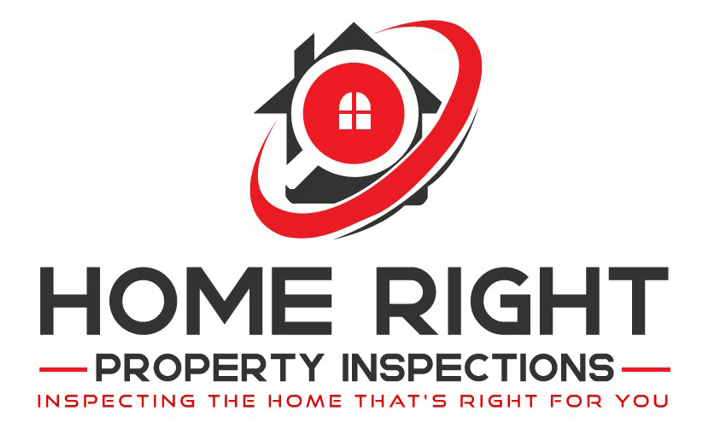Maintaining a safe and functioning home electrical system isn’t always easy. From faulty outlets to flickering lights, there are plenty of signs that something might be wrong. But how can you tell if the problem is serious enough to warrant a call to an electrician? Here are four of the most common signs of electrical problems in the home – and what you can do about them.
1. Signs of Electrical Problems: Flickering Lights
Flickering lights are one of the most common – and frustrating – signs of an electrical problem. If your lights are flickering, it could be a sign of loose wiring, a bad connection, a failing light bulb, or a faulty fixture.
To fix flickering lights, begin by checking the bulbs. Make sure they’re screwed in tightly and didn’t come loose during use. If that doesn’t work, try replacing the bulbs with new ones. If your lights are still flickering, it’s time to call in an electrician who can help identify and fix the underlying problem.
2. Burning Smells are Signs of an Electrical Problem
Another sign of an electrical problem is a burning smell from outlets or appliances. If you notice a burning smell, take action immediately, as this could signify an imminent fire hazard.
Start by unplugging devices from the outlet in question and inspecting them for signs of damage or loose wires. If the outlet looks fine, plug a small appliance, like a lamp, into a nearby outlet to see if the smell persists. If it does, switch off the breaker to the circuit and call an electrician.
3. Frequent Breaker Trips
If your circuit breaker trips more than once or twice a month, there’s a good chance you have an electrical problem on your hands. While this isn’t always cause for alarm, frequent breaker trips can indicate your home’s electrical system is overloaded and needs to be updated to support your current power needs.
If this is the case, start by taking inventory of all the devices and appliances you have plugged in at any given time. If you have many items plugged into one circuit, that could be causing the breaker to trip. To fix this problem, have additional circuits installed by an electrician or buy larger capacity breakers designed to handle more wattage.
4. Outlets That Don’t Work
Outlets that aren’t working indicate an electrical problem. Outlets may become loose over time and no longer contact the plugs inserted. When this happens, electricity cannot flow freely, and appliances may not work properly or at all.
To fix non-working outlets, start by inspecting them for looseness or damage. If they look okay, reset the circuit breaker and try plugging something in again. If that doesn’t work or if you’re unsure which breaker controls which outlet, call an electrician who will be able to identify and repair the problem.
Electrical issues are often unavoidable, especially in older homes. By familiarizing yourself with the most common signs of electrical problems, you can take action to prevent further damage and know when to call a professional electrician for help.
Home Right Property Inspections provides home inspection services to customers in Southern California. Contact us to request an appointment.

